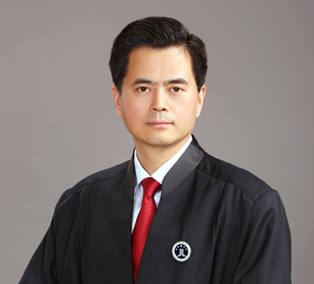Accelerated examination and speedy grants in China
Keeping an eye on what your competitors are doing is essential, especially as the pace of examination in China speeds up. Over one million patent applications are filed every year in China, plus around two million utility model registrations. In view of this intensive IP activity, monitoring filings in a given technical field has become increasingly time consuming. But as the period between filing and grant gets shorter, it is crucial to track the progress of applications closely.
To keep your options open in China, you can use the window between the laid-open publication (A) and the patent grant and subsequent publication (B) to submit a third-party observation. In China, such an observation can even be filed without a representative and anonymously. After grant, however, the only way to challenge a patent in China is to file a request for invalidation, which is a lengthy and costly procedure.
When it comes to monitoring Chinese patent applications, there is little time to time to act, as you can see from the example below. In this case, fewer than three months elapsed between filing (17 November 2022) and grant/ publication of the granted Chinese patent (31 January 2023).
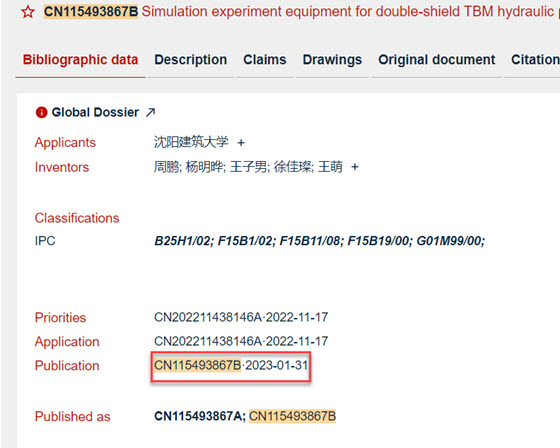
Fig. 1:Bibliographic data of granted Chinese documentCN115492867Bin Espacenet.
We are now accustomed to CN laid-open publications being published far earlier than the stipulated 18 months. But the granting of patents in such a short time is a fairly recent and surprising phenomenon.
Accelerated examination is nothing new in countries such as Japan and Korea, where granted publications can be found far earlier than laid-open publications. Chinese patent law, however, makes no reference to accelerated examination. The examination guidelines on CNIPA's webpages do not mention any way of accelerating examination either.
On the contrary, we find that substantive examination cannot even be started before the laid-open publication (A) has been published (here on 20 December 2022 - see Fig. 2)
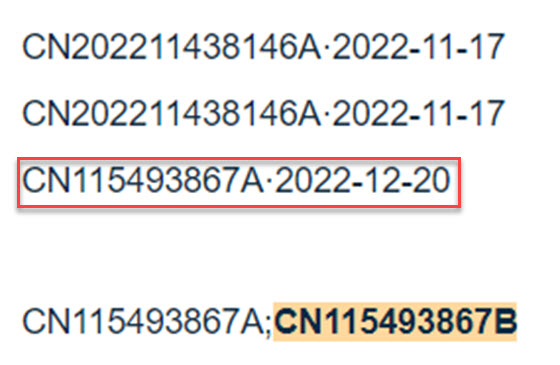
Fig. 2:Laid-open publication number and -date of Chinese documentCN115493867Bin Espacenet.
Returning to our example, it confirms the patenting practices described above, with the A publication issued only four weeks after filing.
Experts with experience in searching Chinese patent documentation are no strangers to the early publication of Chinese first filings, which was triggered by a government IP policy. Public funds were allocated to Chinese universities and public research institutions at least partially according to their number of patent filings.
However, this policy has changed recently. It is no longer the number of filings that counts, but the number of granted patents. In other words, patent filings relevant for you may be granted in China within a few weeks or even days, giving you very little time to challenge the grant by submitting third party observations if necessary.
A look at the electronic file wrapper, and especially the fee payments accessible via CNIPA's CPQuery tool, can reveal a significant amount about the applicant's intentions (Fig. 3).
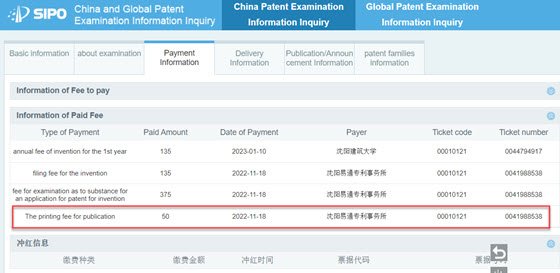
Fig. 3:CNIPA's electronic file inspection and payment information (CPQuery).
The entry under "date of payment" shows that all fees - not only the filing fee but also the fee for substantive examination as well as the printing fee for publication - were paid together on the date of filing (and received a day later).
By paying the printing fee on the date of filing, the applicant signals an indirect request for accelerated examination, which is easily understood as such against the background of the latest Chinese IP policy.
For more information on CPQuery and how to access it, you can visit our webpages (epo.org/asia) or contact the EPO's worldwide IP team atwordwideIP@epo.org.
Attention:Please note that CNIPA's CPQuery platform is currently (March 2023) moving to a new website. The transfer is scheduled to be finalised around late March 2023. While you can still use the platform under the current address for the time being, please note that it has not been updated anymore since 26 January 2023. Please kindly refer to aseparate notification in PK Newsfor more information.
What does this mean for you?
You need to be aware of this phenomenon, which can no longer be considered as an exception, but has now become the rule. It concerns several tens of thousands of patent applications in a broad range of technical fields and is used mainly - but not exclusively - by universities (as in our example) and public research institutions.
You can also monitor technical fields and your competitors' patenting activities via CNIPA's official gazette, which features the newest publications on their publication date (Fig. 4). These publications will also appear just a few days later in the EPO's databases, but it will take up to three months for bibliographic information and an abstract to become available in English.
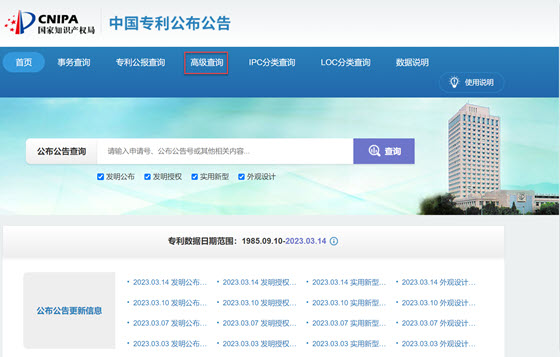
Fig. 4:CNIPA's Gazette
Even although CNIPA's official gazette is only available in Chinese, its advanced search interface makes it easy to monitor various IP activities in China.
On the EPO's pages for Asian patent information (epo.org/asia) you will find search guides with step-by-step explanations on how to proceed (see an example in Fig. 5). For further assistance, just contact the EPO's Worldwide IP team atwordwideIP@epo.org.
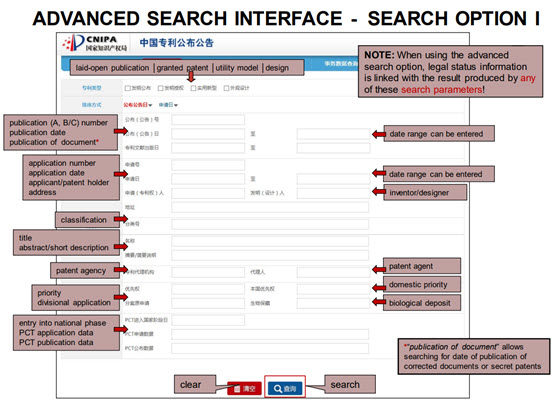
Fig. 5:Example of a search guide taken from the "Searching in Databases" section for Chinaon the EPO's webpages for Asian patent information.
In short, we do see many cases of accelerated examination in China. If you are aware of them, you can easily predict what may be granted in the near future.
-
Previous:
-
Next:


